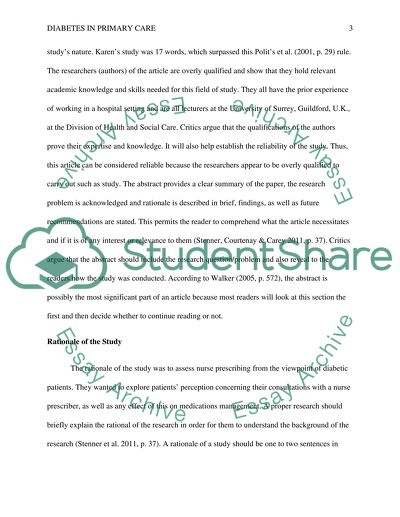Cite this document
(“CONSULTATIONS BETWEEN NURSE PRESCRIBERS AND PATIENTS WITH DIABETES IN Essay”, n.d.)
CONSULTATIONS BETWEEN NURSE PRESCRIBERS AND PATIENTS WITH DIABETES IN Essay. Retrieved from https://studentshare.org/nursing/1646624-consultations-between-nurse-prescribers-and-patients-with-diabetes-in-primary-care-a-qualitative-study-of-patient-views
CONSULTATIONS BETWEEN NURSE PRESCRIBERS AND PATIENTS WITH DIABETES IN Essay. Retrieved from https://studentshare.org/nursing/1646624-consultations-between-nurse-prescribers-and-patients-with-diabetes-in-primary-care-a-qualitative-study-of-patient-views
(CONSULTATIONS BETWEEN NURSE PRESCRIBERS AND PATIENTS WITH DIABETES IN Essay)
CONSULTATIONS BETWEEN NURSE PRESCRIBERS AND PATIENTS WITH DIABETES IN Essay. https://studentshare.org/nursing/1646624-consultations-between-nurse-prescribers-and-patients-with-diabetes-in-primary-care-a-qualitative-study-of-patient-views.
CONSULTATIONS BETWEEN NURSE PRESCRIBERS AND PATIENTS WITH DIABETES IN Essay. https://studentshare.org/nursing/1646624-consultations-between-nurse-prescribers-and-patients-with-diabetes-in-primary-care-a-qualitative-study-of-patient-views.
“CONSULTATIONS BETWEEN NURSE PRESCRIBERS AND PATIENTS WITH DIABETES IN Essay”, n.d. https://studentshare.org/nursing/1646624-consultations-between-nurse-prescribers-and-patients-with-diabetes-in-primary-care-a-qualitative-study-of-patient-views.


